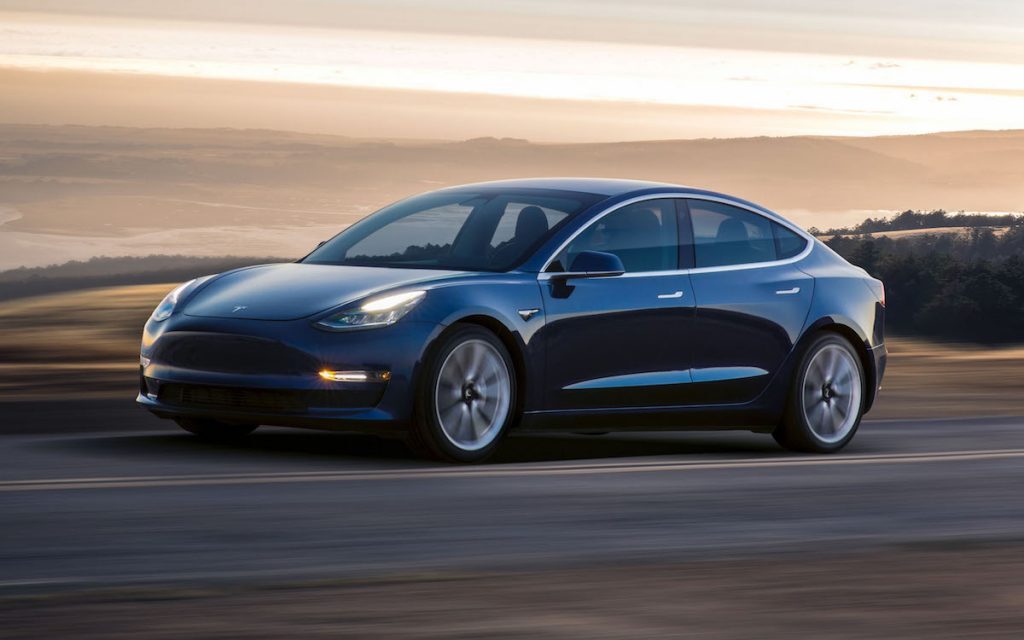Last week an epoch was reached in the automobile industry when the first of Tesla’s mass market electric cars, the Model 3, was delivered to the first happy customer.
Unlike the luxury models that Tesla has been making, the Model 3 is its play for a much broader market. It will come in two versions, but it’s the entry-level $35,000 (R462,000) model that is the most exciting. It’s cost is around that of a decent mid-sized luxury car and yet it still does 354km to a “tank” of charge. It’s clever supercharger feature gives you a range of 210km with just a 30 minute charge. It will do 0-100km in 5.6 seconds and has a top speed of 210km/h.
It’s a revolution. So much so that Tesla – not yet 15 years old and having never made a profit – was valued in April at more than the industry behemoth Ford – over 100 years old, which has produced 350m cars. A share price surge took Telsa to $49bn, overtaking Ford at $46bn.
But Tesla’s Model 3 is about to do to traditional petrol-engine motor industry what the Model T Ford did to the horse-drawn carriage business in 1905. It’s a dramatic shift in car technology, at an affordable price and with autonomous driving software already built in. It’s the future of the automotive industry.
Volvo have already announced all of its cars will be electric or hybrid from 2019, while Audi is planning five new electric models, including the very sexy E-tron Sportback unveiled in Shanghai.
“We believe we will eventually look back at the launch of the Model 3 and compare it to the iPhone, which proved to be the catalyst for the shift to mobile computing,” said renowned analyst Gene Munster, better known for his predictions about Apple, Google and Amazon. “Over the next 10 years, the Model 3’s value, in combination with its technology, has the potential to change the world and accelerate the adoption of electric and autonomous vehicles.”
Instead of keys, the Model 3 uses your smartphone and Bluetooth to unlock it. Instead of the usual array of speedometer, fuel gauge and other dashboard indicators it has a 15-inch/38cm touchscreen tablet with readings for speed, the cabin climate and online mapping. Instead of petrol, it is electric, which means I could install a few solar panels and hopefully a Tesla Powerwall and go very green.
I could live with that. In fact, I desperately want my next car to be a Tesla Model 3. I had planned to upgrade my car this year and am now considering putting down the $1,000 deposit to take my place in the Model 3 queue.
Unfortunately there are 500,000 people ahead of me. Fortunately, delivery is expected to be towards the end of next year. By then there will be greater adoption of charging stations. And, just as fortunately, Musk is preparing his company for “six months of manufacturing hell” to meet his target of 20,000 vehicles a month by December.
Pretoria’s most successful son has already tweeted that South Africa is on the list of countries the car will ship to, and presumably have import duties and other taxes applied to the final price.
But electric cars are the future and it’s worth waiting for.
This column first appeared in Financial Mail
